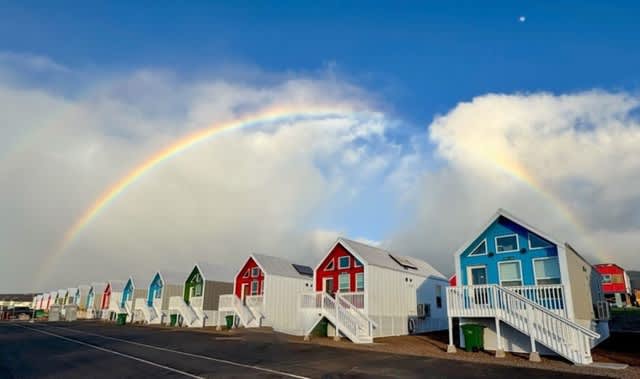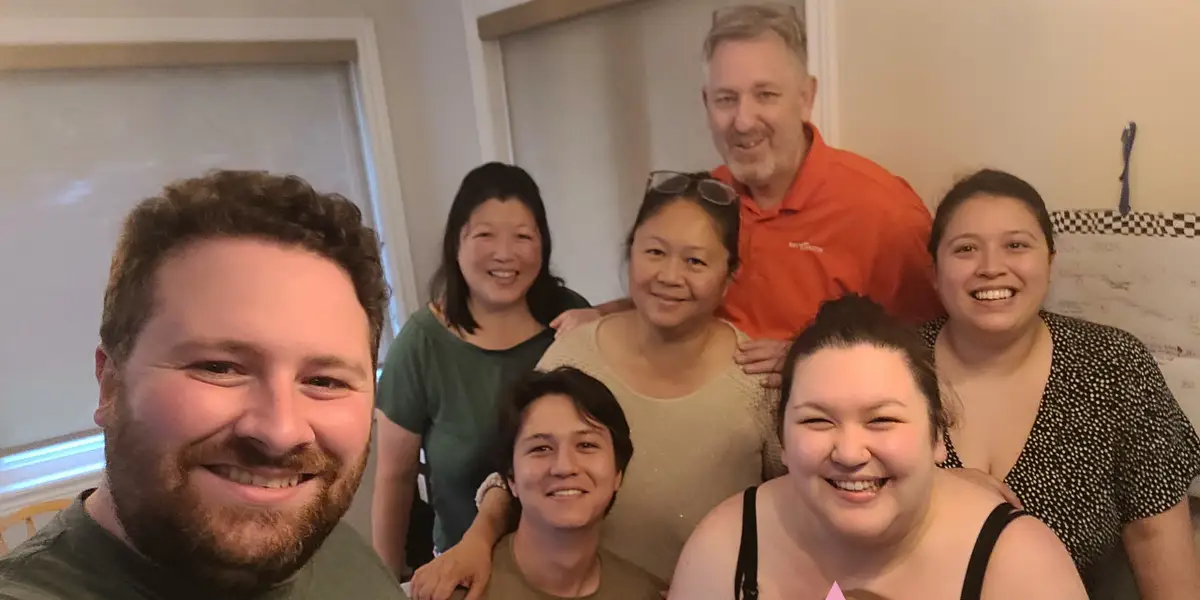10-tons, built in seven days, and maybe a way to restore American Dream of affordable home ownership
By Bob Woods
Copyright cnbc

It’s worth delineating the somewhat confusing classifications of what structures constitute off-site built housing. There are two distinct categories: manufactured and modular. Manufactured homes — AKA mobile homes or trailers — are built to a single national code, administered by the U.S. Department of Housing and Urban Development.
Modular homes are built to the same codes used by traditional on-site homebuilders, which include the International Building Code and state and local codes, according to Tom Hardiman, executive director of the Modular Building Institute and its sister organization, the Modular Homebuilders Association. MBI represents makers of multi-family homes and commercial buildings — including hospitals, schools, office buildings and hotels — while MHA covers those building single-family dwellings.
Whereas modular, in all its designations, embodies a fraction of overall homebuilding in the U.S., it does address many of the nation’s problems affecting housing when compared to on-site building. They’re more affordable and built more quickly by skilled workers in safe, controlled, indoor environments. They reduce waste by nearly 25% and weather-related damage to materials. “All of that leads to a more sustainable, less expensive, better-built product,” said Jordon Rogove, partner and co-founder of DXA Studio.
Michael Neal, a principal research associate and equity scholar at the Urban Institute who has studied the sector, agrees with this view, saying modular housing can achieve an affordable product through its production model. “Site-built, stick-built building, particularly on the single-family side, hasn’t experienced much productivity gains in the aggregate over the last few decades,” Neal said, adding his research shows modular builders cut production time in half vs. traditional methods, which includes the often onerous permitting process.
The approach can also solve for the lack of reliable labor that traditional homebuilders experience, with modular factories addressing that challenge by having a full-time, local, well-paid workforce that’s not restricted by outdoor weather conditions. “Maybe modular is how affordable housing is reached,” Neal said.
Fading West “is still kind of a startup four years into this,” Schaefer said of its affordable-housing mission. “Where this make sense is in the wider arena — housing for teachers, police officers, firefighters, a pretty broad range” of aspiring homeowners, he added.
With that aim, it has launched projects in Wyoming, Utah, Montana, Texas and New Mexico. Yet Fading West is not averse to building up the income scale as well and linking that to the disaster relief mission it pioneered in Hawaii.
The company is partnering with Home/Town Developments — a group of design, building, development and real-estate leaders in Los Angeles — to provide a variety of permanent modular homes for victims of the wildfires in Pacific Palisades and Altadena, communities where the demographics vary from ultra-wealthy to middle-class. Fading West has designs for multi-million-dollar, 3,000-square-foot, five-bedroom homes, as well as more affordable 1,200-square, two-bedroom models.
The modular business model is, at its foundation, about being able to build a house to suit homeowners’ desires and budgets. “Think of these as Lego blocks,” Schaefer said.



